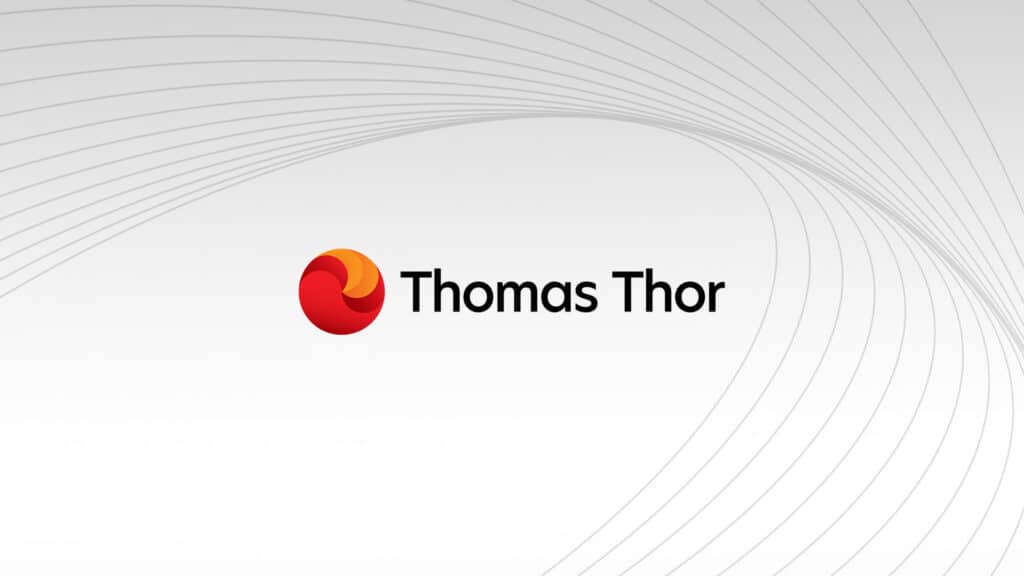Mentoring Software – Which one to choose? A review of five options

By Milan van Berlo – Project Coordinator CEO Office Thomas Thor
Mentoring has been around for decades, but the phenomena of mentoring software is rather recent. Type in ‘mentoring software’ on your browser and you will find a few dozen companies selling the exact same thing: software packages that enable companies and universities to implement a successful mentoring program. What is the difference between these mentoring software packages? Is the service they offer necessary to launch a mentoring program? We compared five different providers (Pushfar, Chronus, Qooper, Art of Mentoring, and Mentorloop) to find out the answers to these questions.
Mentoring is beneficial for your company. According to several studies, successful mentoring is positively related to the intention to stay in a company, work satisfaction, career satisfaction and promotability.[1] Moreover, mentoring software helps mentees make decisions and positively changes their learning and career behaviors.[2] Big companies like Boeing, Toyota, Uber, Mercedes-Benz, and Deloitte have made use of mentoring software and attest for its usefulness and benefits to their companies. However, question remains how these mentoring software providers compare and what they exactly offer.
First, according to our analysis all five providers offer a similar service. They all built an online platform intended to match mentees with suitable mentors. The matching is done through an algorithm that calculates how much two individuals match according to several categories which are filled out by the participants beforehand. These categories range from work experience and interests, to goals and objectives. All software providers made these categories customisable. Eventually this results in a so-called compatibility percentage, which forms the basis on which an administrator or the participants themselves can select the best match. Subsequently, pairs can schedule calls, set objectives for their mentoring relationship, and communicate through the platform. After a match has been concluded, the participants can leave feedback for the administrator to evaluate. Hence, the administrator has access to data, such as goals or objectives often sought after by mentees, which knowledge is currently missing and asked for, and which factors contribute to a successful mentoring relationship.
So far, all five software providers align in their method, but there are some small differences that separates the five companies. For example, Pushfar and Qooper stand out by offering an extra platform through which the participants can also interact with other mentees and mentors outside their own mentoring pairing. This provides the option to ask questions to the whole network of individuals signed up to the mentoring program which stimulates community engagement and automatically creates a sort of FAQ page of questions that have been asked before. Moreover, both Qooper and Pushfar include a mobile app and integrated video-call option. Where other mentoring software relies on a simple link to zoom or a similar platform, Qooper and Pushfar have a build-in videocall option in their software through which the participants can contact one another directly via video.
Although Qooper and Pushfar have the most extensive options engrained in their software, this does not automatically mean that the three other software providers are significantly more limited. For instance, Art of Mentoring has a special focus on Diversity and Inclusion in its application. They include a few videos about gender sensitivity and overcoming biases on their platform, and they take these biases into account in their algorithm. Furthermore, Mentorloop distinguishes itself by means of its feedback system. Mentorloop provides the administrator with an elaborate feedback system that tracks what entails a successful mentoring relationship. In addition, out of all five software providers, Chronus is the most experienced one with over 1000 mentoring programs worldwide. Besides that, Chronus differentiates by means of its flash mentorship option. These flash mentorship pairings are intended for short term goals and consist of one videocall between a mentee that is in need of advice or has specific questions regarding a certain topic, and a mentor who is able to provide answers to these specific questions.
Another aspect in which these five mentoring software differentiate is the costs of launching a mentoring program. Mentorloop and Qooper are significantly cheaper than their competitors. For a small program between 80 and 150 participants they charge prices ranging between €3,400 and €4,000 annually. Pushfar charges double for the same number of participants, and Art of Mentoring and Chronus start pricing at €12,500 and €14,500 respectively for 100 participants annually. However, the latter software packages are better suited for larger programs since they charge a low amount for extra matches after the initial 100 participants.
All five providers offer the same service: software that facilitates the creation of a mentoring program. Thus, which software suits your company the best depends largely on your preferences and the size of the program you intend to launch. If the expected size of the mentoring program is substantially large, an organisation may choose to develop their own software or platform instead. This could be cheaper than the annual fee of the existing software providers and offers the option to create a tailor made program exclusively for the company. In summary, mentoring software is certainly a worthwhile investment given the beneficial outcomes for the workforce, but which software to select hinges largely on your own preferences, the size of the program, and the capacity to launch your own software.
We looked at just five of the products on the market. If you have had experience with another mentoring software package, please let us know what you thought of it. Contact Milan van Berlo at: .
[1] See: https://onlinelibrary.wiley.com/doi/pdf/10.1002/hrm.21879; https://journals.sagepub.com/doi/pdf/10.1177/017084069301400305?casa_token=kT8p-AMUgXoAAAAA%3ANqZsRoGQGK8d6HPbMVp5F2asbEenBsiCPoNQrTw_iRpMqiuNpSNMJ5xybjhODm5oc6n9t8bKax0L0w&
[2] See: https://www.tandfonline.com/doi/pdf/10.1080/03069885.2014.1002385? casa_token=0S2Pu_T6N9gAAAAA%3AIcgRTGFkmaXycaMRZpjqCWCgFjh_ESvU0BIlPLBirgRLvRgZ4Jt30wJ2END7nMgKS-N_0pbRLHyPNg&
Share this article
Related articles
Help us grow and achieve your potential at a values-driven business.




